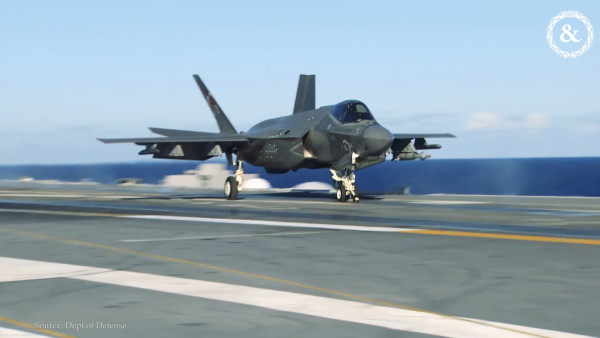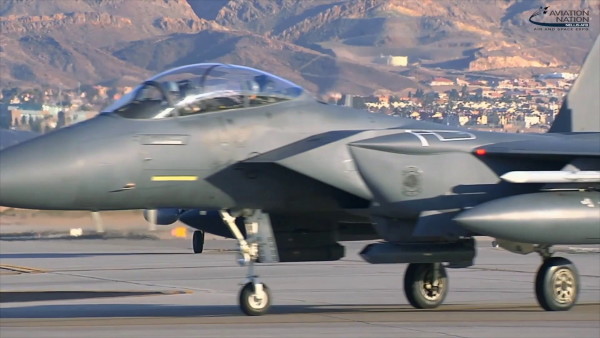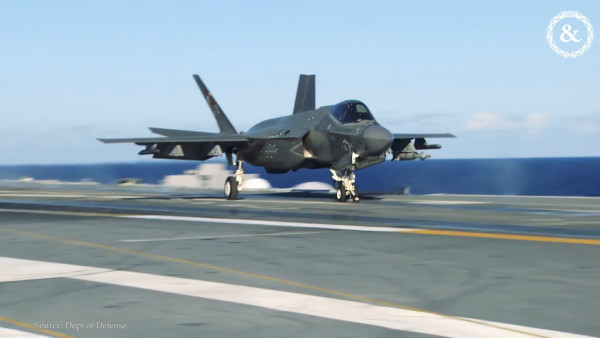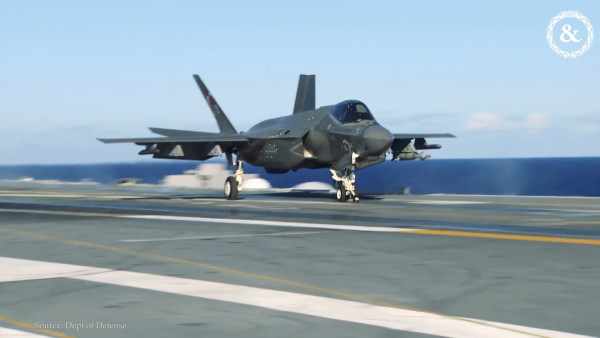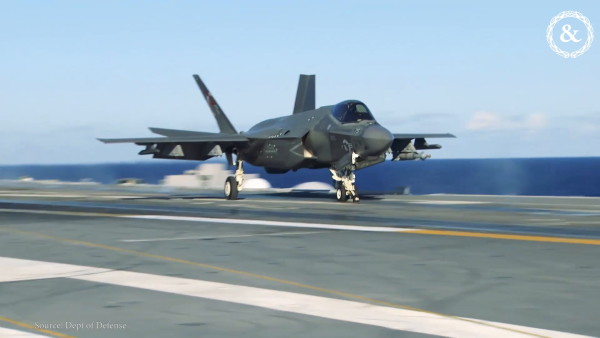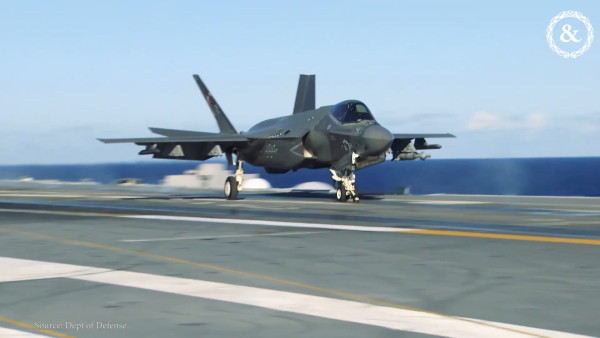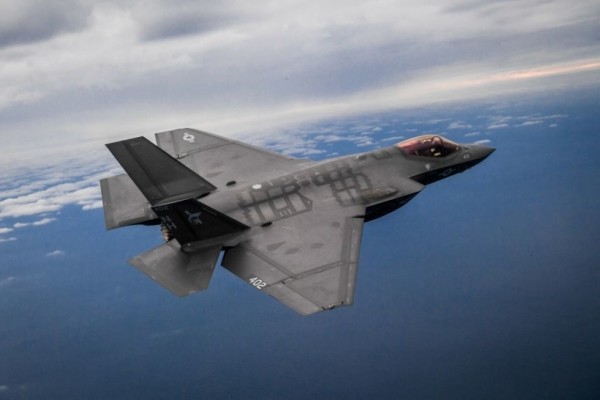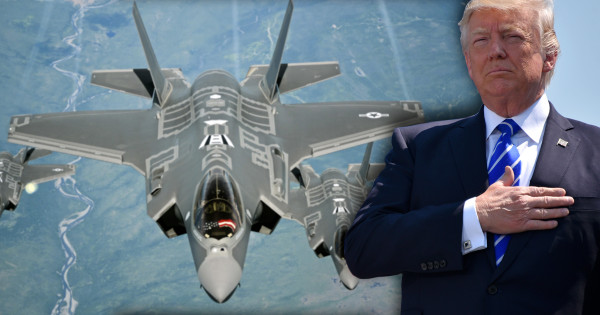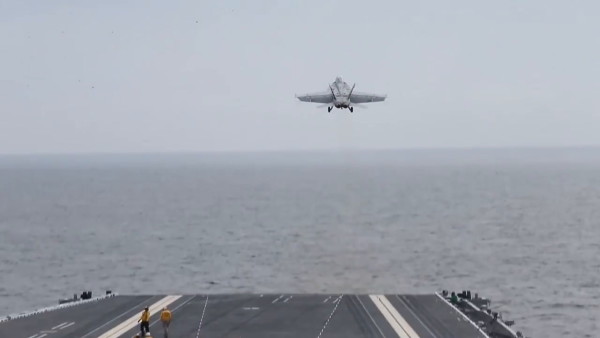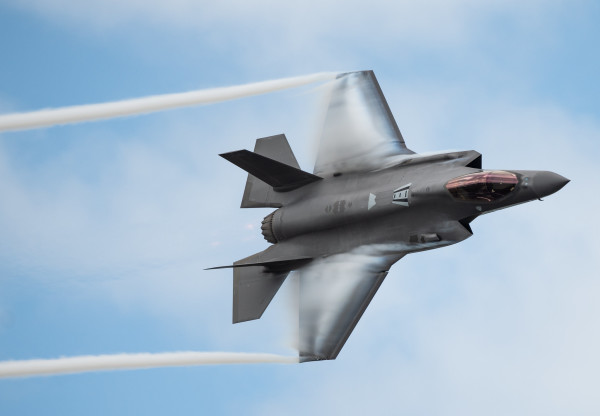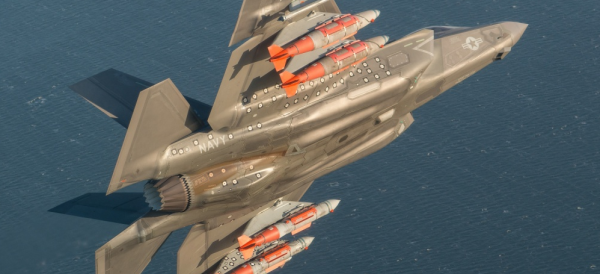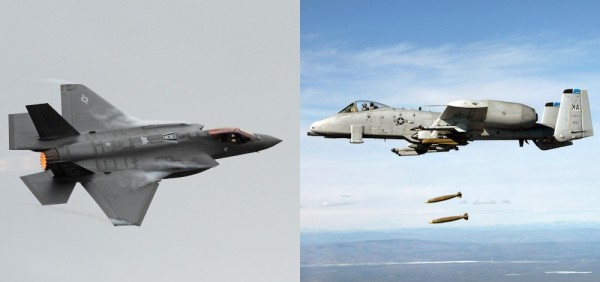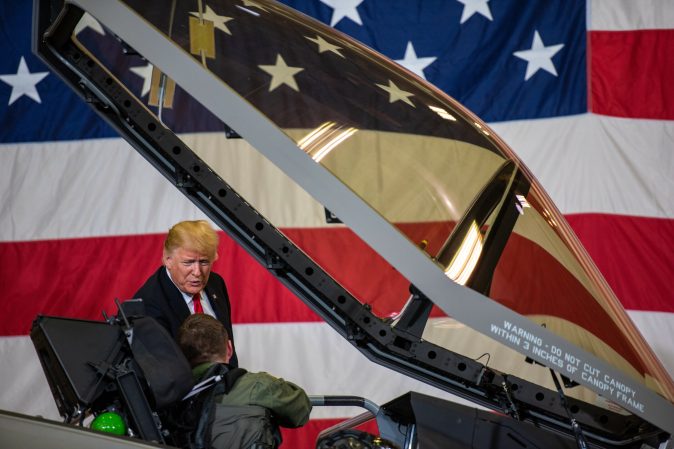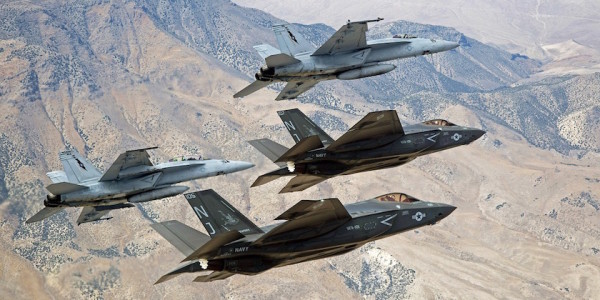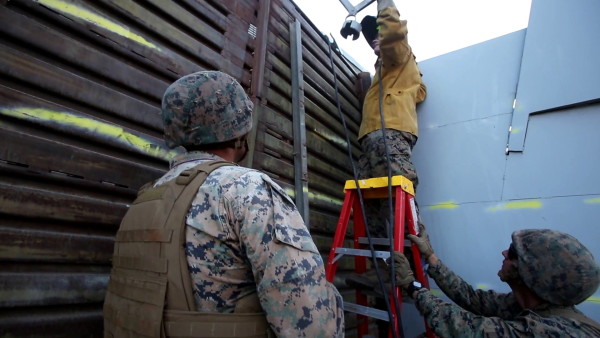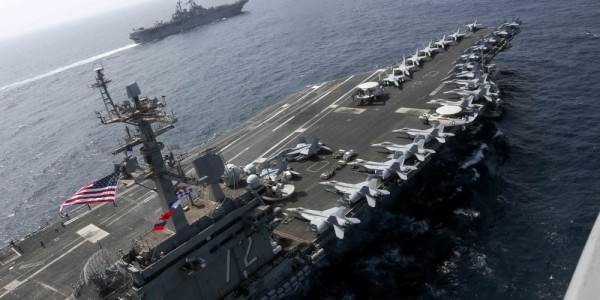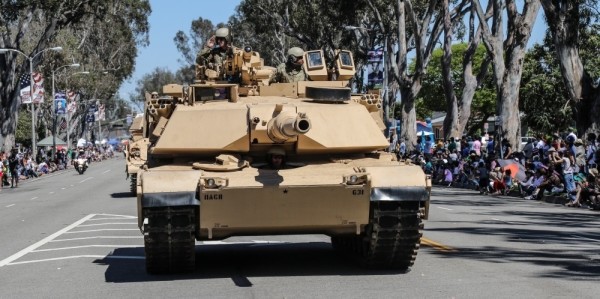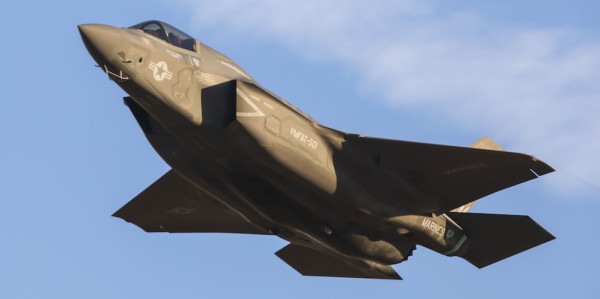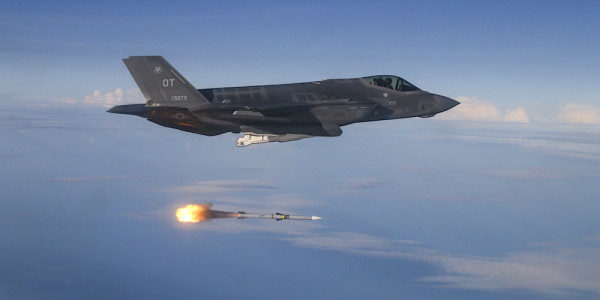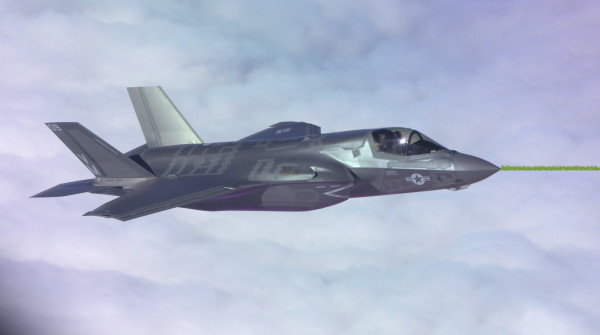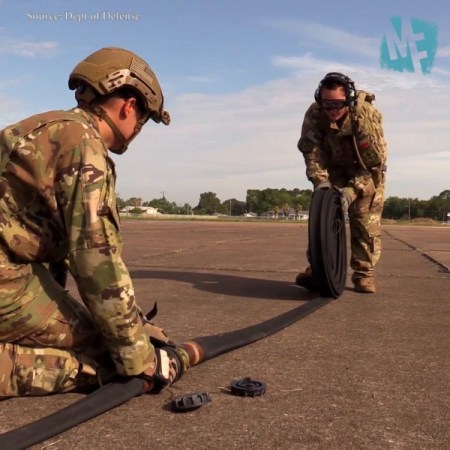President Donald Trump spent a good chunk of time in the run-up to taking office dissing the freakishly-expensive F-35 Joint Strike Fighter program as a complete and utter money suck.
Now we know why: Military briefing slides shown to then-president-elect Trump in December 2016 offer one of the most blunt Pentagon assessments of the notoriously unreliable aircraft in recent memory.
The briefing slides, obtained by The War Zone through the Freedom of Information Act, were shown to Trump by F-35 Joint Program Office chief U.S. Air Force Lt. Gen. Chris Bogdan on Dec. 21, 2016, just over a week after the president-elect slammed program costs as “out of control” on Twitter.
The F-35 program and cost is out of control. Billions of dollars can and will be saved on military (and other) purchases after January 20th.
— Donald J. Trump (@realDonaldTrump) December 12, 2016
While Bogdan’s briefing asserts that the “big, complicated” F-35 program is “critical to U.S. and allied air dominance for the next 50 years,” one slide offered a uniquely forthright assessment of the airframe: at 6.5 years behind schedule and $13.5 billion over budget, the F-35 program has found it “difficult to overcome a troubled past.”
Translation: This thing sucks, but there’s no going back now.
A slide from U.S. Air Force Lt. Gen. Chris Bogdan’s briefing on the F-35 Joint Strike Fighter program presented to president-elect Donald Trump on Dec. 21, 2016.(U.S. Air Force via The War Zone/Freedom Of Information Act)

Trump was, surprisingly, vindicated. The day after the Bogdan briefing, the president-elect attempted to put his much-hyped powers of negotiation to work with a tweet threatening to turn Pentagon attention to Boeing’s F/A-18E/F Super Hornet if F-35 manufacturer Lockheed Martin couldn’t get the cost of the airframe under control.
Based on the tremendous cost and cost overruns of the Lockheed Martin F-35, I have asked Boeing to price-out a comparable F-18 Super Hornet!
— Donald J. Trump (@realDonaldTrump) December 22, 2016
“We’re just beginning – it’s a dance,” Trump told reporters after his briefings, per The War Zone. “It’s a little bit of a dance. But we’re going to get the costs down and we’re going to get it done beautifully.”
Things haven’t improved much in the intervening years. The Pentagon’s 2018 operational testing and evaluation assessment of the F-35 released in January detailed ongoing reliability issues that have aggressively truncated the airframe’s service life well below official projections, with “no improving trend” among the number of aircraft available for training and combat missions.
Even worse: Just a few days after The War Zone published Bogdan’s briefing slides, Bloomberg News reported that the F-35 program — already the most expensive weapons system in the history of warfare — had ballooned by another $22 billion in unexpected costs. And according to the Pentagon’s Selected Acquisition Report cited by Bloomberg, it’ll only get more expensive in the coming years as new upgrades are rolled out:
The increase to $428.4 billion from $406.2 billion in acquisition costs, about a 5.5 percent increase, isn’t due to poor performance, delays or excessive costs for labor or materials, according to the Defense Department’s latest Selected Acquisition Report sent to Congress last week and obtained by Bloomberg News.
Instead, the increase reflects for the first time the current cost estimates for a major set of upgrades planned in coming “Block 4” modifications, according to the report.
The F-35 program: Where the delivery schedules are made up and the budget doesn’t matter.

